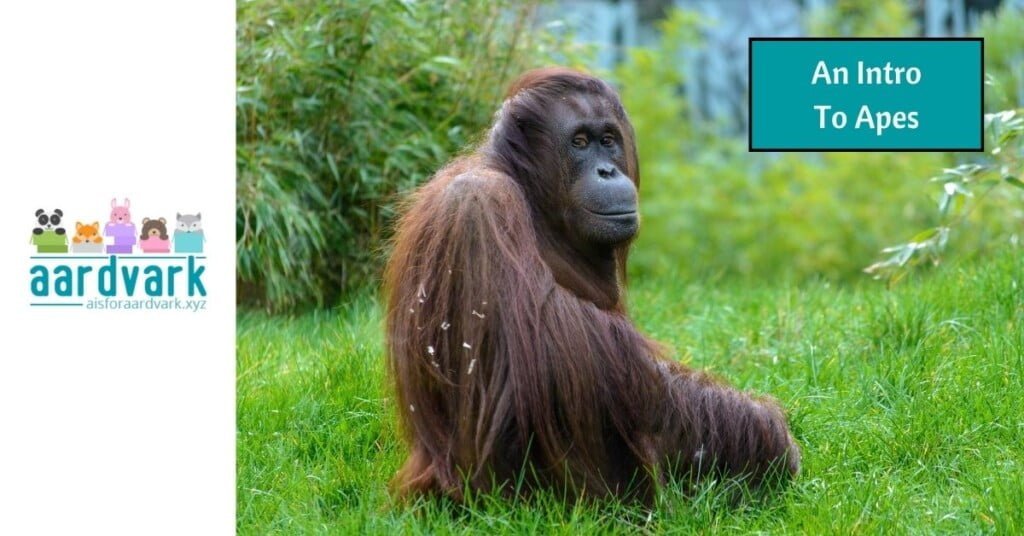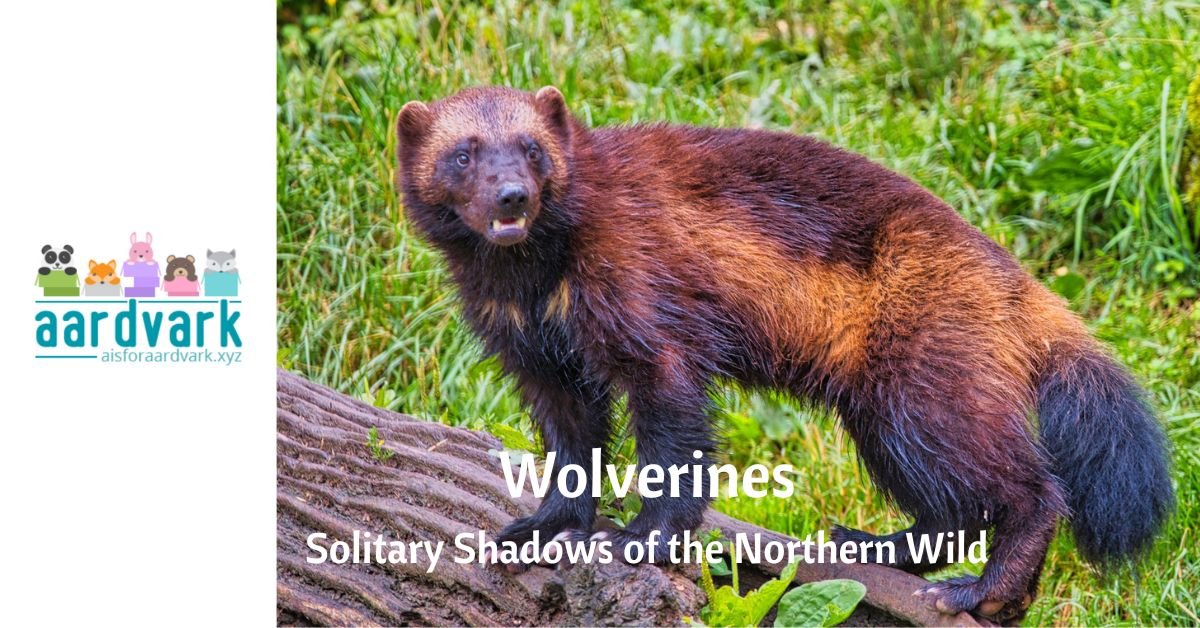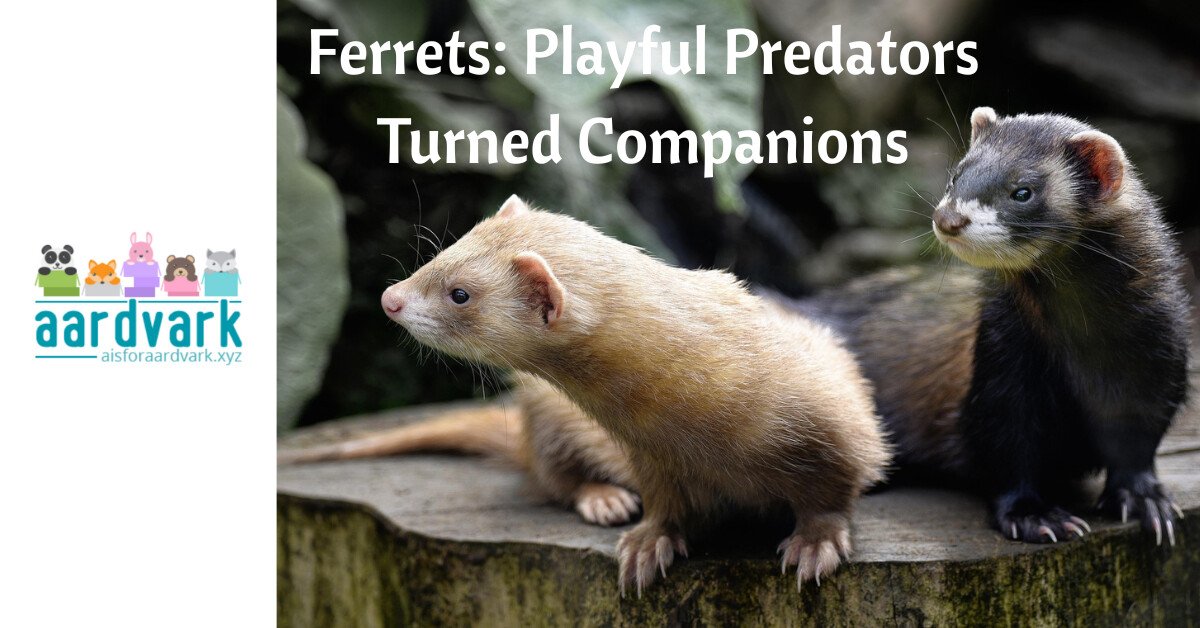Apes, a fascinating group within the primate family, captivate with their intelligence, complex behaviors, and similarities to humans. Divided into great and lesser apes, these mammals are distinguished by their size, cognitive abilities, social structures, and habitat preferences.
Great apes include gorillas, orangutans, bonobos, and chimpanzees, known for their larger size and more complex social interactions. Lesser apes like gibbons and siamangs are smaller but equally remarkable for their agility and vocal communications.
Taxonomy and Diversity
Apes are classified into two main groups: the Hominidae, or great apes, and the Hylobatidae, or lesser apes. This classification underscores the variety within the ape family, ranging from the solitary orangutans of Asia to the social communities of African gorillas and chimpanzees. Their geographic distribution spans from the rainforests of Central Africa to the islands of Southeast Asia, each species adapted to its unique environment.
Humans are also classified as part of the Hominidae, making us part of the great ape branch of the animal kingdom! In this article, our discussion of apes won’t include humans, though. For instance, our diverse habitats, skills, and diet set us far apart from other apes.
Physical Characteristics
Apes exhibit a wide range of physical characteristics tailored to their environments. Great apes show significant size variation, with male gorillas weighing up to 200 kilograms (440 lbs), showcasing their strength and terrestrial lifestyle.
Lesser apes, like gibbons, are lighter and incredibly agile, enabling their brachiation lifestyle through the treetops.
All apes share forward-facing eyes for depth perception and large brains relative to their size, which supports their complex social interactions and problem-solving abilities.
Habitat and Ecological Role
Apes inhabit various ecosystems, from the dense rainforests of the Congo to the mountainous regions of Borneo and Sumatra. Their presence is vital to these ecosystems, with roles that include seed dispersal, which aids in forest regeneration. Their dietary habits, ranging from fruit consumption to leaf-eating, impact the diversity and distribution of plant species, demonstrating their integral role in maintaining ecological balance.
Social Structure and Behavior
The social structures and behaviors of apes are as diverse as their habitats. Chimpanzees live in large, complex social groups where hierarchies and social bonds are maintained through grooming, play, and cooperation. Orangutans, in contrast, are more solitary but engage in sophisticated foraging behaviors and use tools. These social and behavioral adaptations are critical to their survival, allowing them to navigate their social environments and access resources.
Diet and Foraging Habits
Apes have varied diets that are crucial to their survival and impact on the ecosystem. Gorillas, for example, primarily consume leaves, stems, and fruit, making them essential agents of seed dispersal. Orangutans are known for their diverse diet, which includes fruits, leaves, bark, and insects, reflecting their adaptability to different forest resources. Their foraging habits often involve using tools like sticks to extract termites from nests, showcasing their intelligence and problem-solving abilities.
Life Cycle and Reproduction
The life cycle of apes is marked by a lengthy development period. Infants are highly dependent on their mothers for nutrition and protection for several years, highlighting the solid maternal bond characteristic of ape societies. Sexual maturity is reached later compared to other animals, with many species not breeding until they are well into their teens. This slow reproduction rate is one of the factors making apes particularly vulnerable to population decline.
Conservation Status
Apes face numerous threats, including habitat destruction due to logging and agriculture, illegal wildlife trade, and diseases. Conservation efforts are critical to their survival, involving habitat protection, anti-poaching patrols, and rehabilitation centers for rescued individuals. International cooperation and legal frameworks, such as CITES, are essential in protecting apes from exploitation and ensuring their preservation for future generations.
Apes and Humans: Conflict and Coexistence
The relationship between apes and humans has always been complex, ranging from reverence and protection to conflict and exploitation. Apes have been subjects of scientific research, contributing valuable insights into human evolution and medicine.
However, habitat encroachment and hunting have led to conflicts, necessitating efforts towards coexistence. Education and ecotourism are among the strategies employed to foster a harmonious relationship, promoting the conservation of apes while benefiting local communities.
With their remarkable intelligence and social behaviors, apes continue to fascinate and educate us about the natural world. Their conservation presents a crucial challenge, requiring a concerted effort to ensure their survival. As we strive to protect these magnificent creatures, we learn more about our place in the natural world and the importance of living in harmony with our environment.







